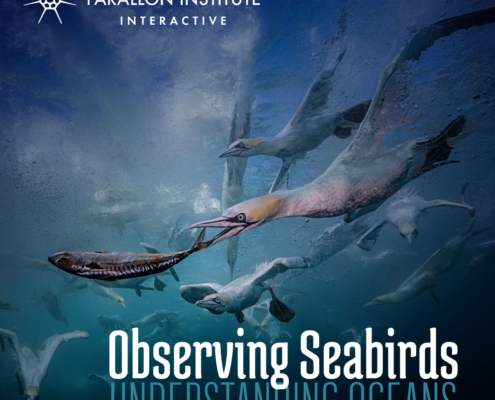
Palmer penguin data included in a new Global Seabird Research Hub
Observing Seabirds: Understanding Oceans is a new resource for exploring the fascinating world of seabird research, conservation, and global collaboration. This platform is designed to foster understanding and support for seabird populations…
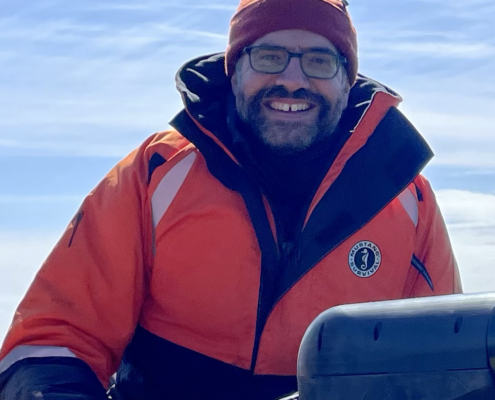
Carlos Moffat selected as co-chair of SOOS WAPSA
Congratulators to PAL Co-PI Carlos Moffat, who was recently selected as a new co-chair of the West Antarctic Peninsula and Scotia Arc (WAPSA) Regional Working Group.
The working group is a standing committee of the Southern Ocean Observing…

2025 Palmer LTER Video Teleconferences
Educators: Join Polar Scientists on a Research Expedition to Palmer Station, Antarctica
We are recruiting 12-18 educators and their students to participate in the 2025 LTER field season in Antarctica! This unique opportunity will…

Benjamin Van Mooy named a 2024 MacArthur Fellow
Congratulations to PAL Co-PI Benjamin Van Mooy, who was named a 2024 MacArthur Fellow!
MacArthur Foundation Fellowships, often colloquially referred to as the MacArthur Genius Award, celebrate and inspire the creative potential of individuals…
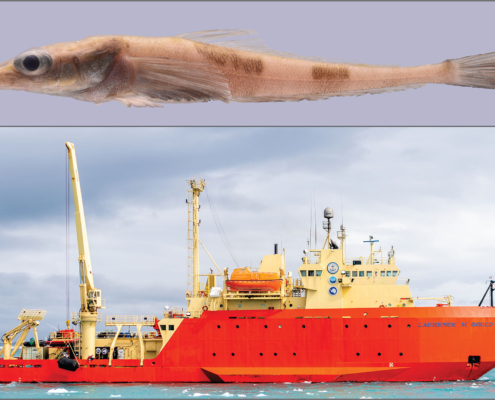
New Species of Antarctic Dragonfish Discovered
A new species of Antarctic dragonfish, Akarotaxis gouldae or Banded Dragonfish, has been discovered in waters off the western Antarctic Peninsula by researchers at VIMS and William & Mary's Batten School of Coastal & Marine…
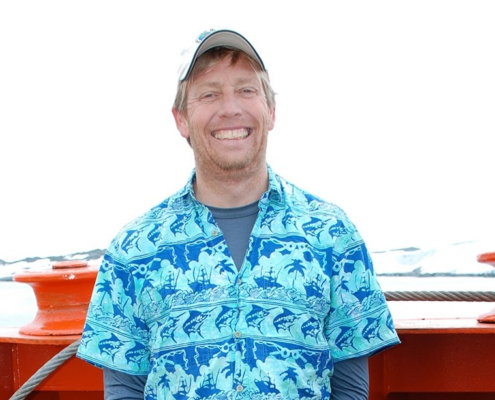
Oscar Schofield named a Marine Technology Society Fellow
Earlier this month, PAL Principle Investigator Dr. Oscar Schofield was officially named a Fellow of the Marine Technology Society (MTS), in recognition of his many years of service to the marine technology community at Rutgers and beyond.
In…

Former PAL Undergrad About to Launch into Space
Zena Cardman as a NASA Astronaut Candidate in 2017. (NASA/Bill Stafford)
Zena Cardman was an undergrad when she first sailed with the PAL LTER as part of Hugh Ducklow’s team in 2009.
And now, next month, Zena will serve as spacecraft…
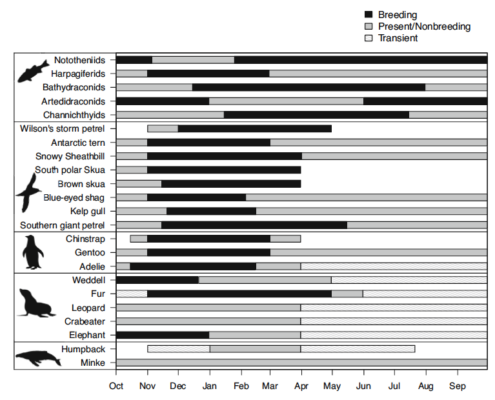
Seasonal shifts: Phenology events at the bottom of the world
Kudos to PAL Co-PI Megan Cimino whose 2023 paper "Long‐term patterns in ecosystem phenology near Palmer Station, Antarctica, from the perspective of the Adélie penguin" was recently featured as news story on the NSF website.
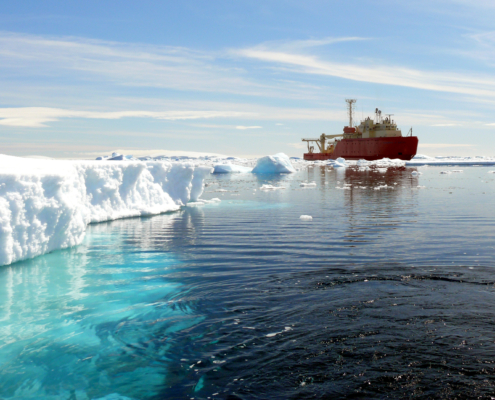
Farewell R/V Gould
This year, the R/V Laurence M. Gould completed its 27-year run as the Antarctic Research and Supply Vessel (ARSV) for the National Science Foundation. In that time, the ship spent nearly 6,300 days at sea, with over 1,000 supporting Palmer…
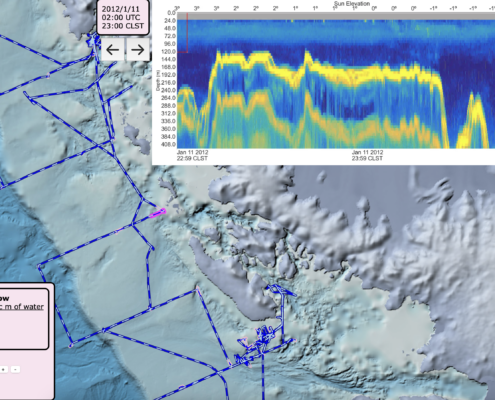
New ADCP Backscatter Visualization Tool
Have you ever wondered what lies below the waters along the West Antarctic Peninsula?
Now, you can use a new interactive map tool developed by former PAL graduate student Amanda Lohmann (now a PostDoc at the University of Virginia), to…

Melting Point: Where is the Antarctic Sea Ice?
For World Penguin Day last month, PAL Co-PI Dr. Sharon Stammerjohn was featured in a video produced by the Wilson Center on the recent changes in Antarctic sea ice.
https://www.youtube.com/watch?v=JWwYi_2Oyd8
The above video was…

Unexpected Connection: Palmer researchers featured in Sandpoint Idaho magazine
From the file of unexpected places you can find stories about Palmer LTER...
Two of our penguin research technicians, Darren and Megan Roberts, were recently featured in their local community paper, the Sandpoint Magazine, published in…
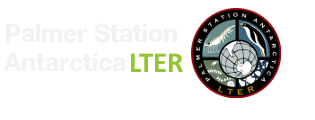

 This site was developed with the support of the National Science Foundation under Grant No. OPP-2224611 and OPP-2026045. Any opinions, findings, and conclusions or recommendations expressed in this material are those of the authors and do not necessarily reflect the views of the National Science Foundation.
This site was developed with the support of the National Science Foundation under Grant No. OPP-2224611 and OPP-2026045. Any opinions, findings, and conclusions or recommendations expressed in this material are those of the authors and do not necessarily reflect the views of the National Science Foundation.